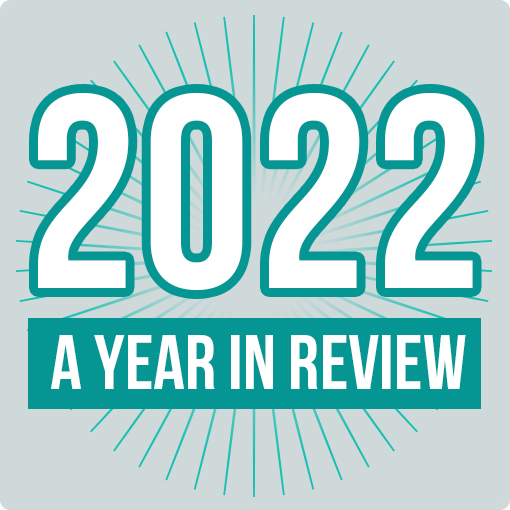“So is email marketing dead?” Not one of the first questions I was expecting from the group in front of me but, nevertheless, one worthy of a deep breath before I hacked out a response.
Here I was co-tutoring a course on email marketing for the University of Auckland and 15 minutes into my first presentation of “Setting the Scene of Email marketing ” when this pearl of enquiry came from the group. On the screen behind me was a barrage of stats that proved that there was still life in email but the question rightly deserved more.
” when this pearl of enquiry came from the group. On the screen behind me was a barrage of stats that proved that there was still life in email but the question rightly deserved more.
From memory I bumbled back a reasonable effort of an answer. This more considered response comes with the luxury of time – something that was in short supply those two days as we worked through the packed agenda.
So is email marketing dead?
Both “yes” and “no” answers could apply. It depends on the message you want to deliver. For instance, many moons ago I used to work in customer services for an engineering supplies company. This was before computers had taken hold of the desktop and instead I had two phones in front of me. They rang frequently during the day. I spent 80% of my time on one extension or the other talking with customers about what they were looking to buy. Then once they bought, I used the other phone to call the warehouse and arrange its shipping. I talked and talked and talked.
Just imagine how the role would work these days. A well designed website would answer most of the questions people called me for and an e-commerce store or email would replace much of the person-to-person chatter. The act of using the telephone is not “dead” it’s just that this type of phone conversation has been replaced with email and e-commerce as they are better suited.
Print communication – or letters (remember them?) – have been the hardest hit during this digital replacement process. The long distance letter was probably at the top of this list. Like most, after I finished my training I decided to travel. Before I left I remember giving my parents some addresses of post offices to send their mail for me to collect along the way. All was going well until I arrived late into Sydney after spending too long in North America and the post office decided they were not going to hold my mail any longer and promptly returned it all.
As a parent now, I don’t know how my parents coped. I was not the best communicator and there were weeks where I didn’t send them a letter or even a card. Thankfully social media has completely transformed this type of communication. So when my daughters go travelling in the years ahead I’m expecting daily status updates with photos so I can see where they are going and what they are doing.
So where does email fit in here? Where is it best doing the replacing instead of being replaced?
For instance, it would be a poor replacement for the airmail letter. Social media has this nailed. It would also struggle to hold a two-way conversation over a short period between two people online. Chat deals nicely with that. And don’t even think about using it to describe how to use a new piece of software. A 60-second You Tube video will get that across with ease.
But if you want to communicate with someone online to “do something simple” then this is when email comes into its own.
Facebook uses email to let you know what you have missed since you last logged in. Pinterest does exactly the same. My library emails me to tell me my books are due back so I don’t incur any fines. Fly Buys lets me know when my WOF is due so I can get into the Kingsland VTNZ to get it sorted and earn points. Barkers tells me when they have a sale. Amazon reminds me that I left something in their shopping cart when I was interrupted when Karen dropped in last night. And Air New Zealand tells me when the next 48-hour sale to Oz is underway – thanks guys.
Email is not dead – it is alive and kicking and helping audiences worldwide “do” some great stuff online. Add in a fearless tracking process that underpins the validity of commercial email marketing and you can see why it continues to grab a large chunk of online budget spend for marketers worldwide.


